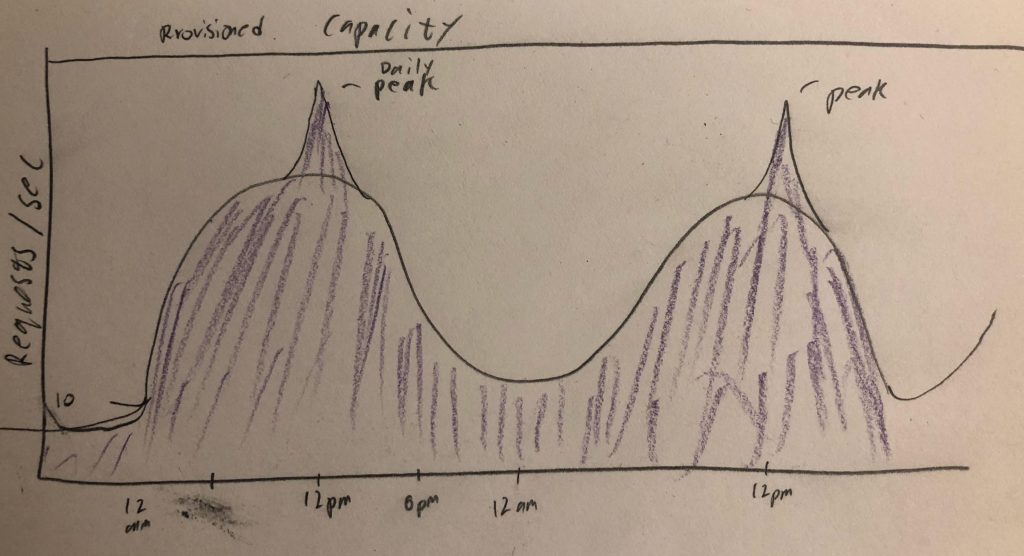Business Intelligence is the process of exposing the results of customer workflows in an easy to consume fashion for Business Analysts, Accountants and Executives.
When your product is software that your customers’ use, it can be hard to know how customers are using it in the large. For BI you log whatever the customer did in a format that is easy to query via SQL. For purchasing flow you log.
{
"customerId": "ABC",
"itemId": 1234,
"time": "12:34 AM",
"price": "$13.87",
……
"sessionId": 987
}Then analysts can figure out usage patterns, discover and fix bad customer experiences and generally figure out what customers are doing.
How is this different from normal logging?
Programmers care about exceptions, lines of code and values of variables. The business cares where the customer was in the workflow, what did the customer click on, what happened after that. If there was a silent retry that the customer didn’t notice the business analysts don’t care.
They care about what customers are doing and how the software responds more so than what the software is doing.
BI logging is typically preserved durably over at least months and needs to adhere to a schema that makes aggregating data together easy later on. This can be achieved with normal structured logging or by adding a separate code flow just for ‘Business’ logs.
If you like my writing, please buy my book on Amazon.
The Sledgeworx Guide to Getting into Software

